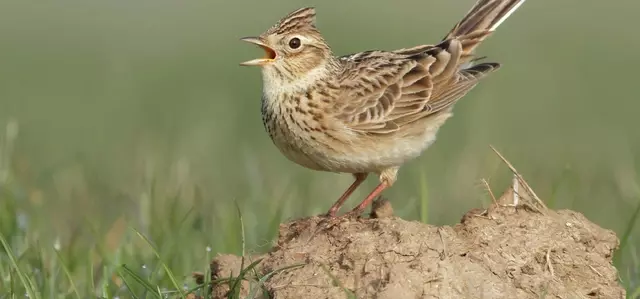
Help save the song of the skylark
Every year, in early spring, a familiar evocative song returns to the grasslands of Richmond and Bushy Parks.
The rise and fall of the skylark song as they feed, nest, and defend territory is a sound that has inspired people for centuries.
Once an extremely common sight on the open ground, the skylark is now a red-listed species signifying their dramatic decline in numbers. We’re asking everyone in Richmond and Bushy Parks to help to as much as possible to help protect skylark in the parks, both during breeding season and all year round.
The skylark
The skylark is a small, streaked brown bird, larger than a sparrow but smaller than a starling. It has a white-sided tail, and the rear edge of the wing is also white and visible in flight.
These ground-nesting birds breed from February to September and advertise their territories by a spectacular song-flight, during which the bird rises almost vertically with rapid wingbeats, hovering for several minutes and then parachuting down. Song flights of up to one hour have been recorded, and the birds can reach 1,000 feet before descending.
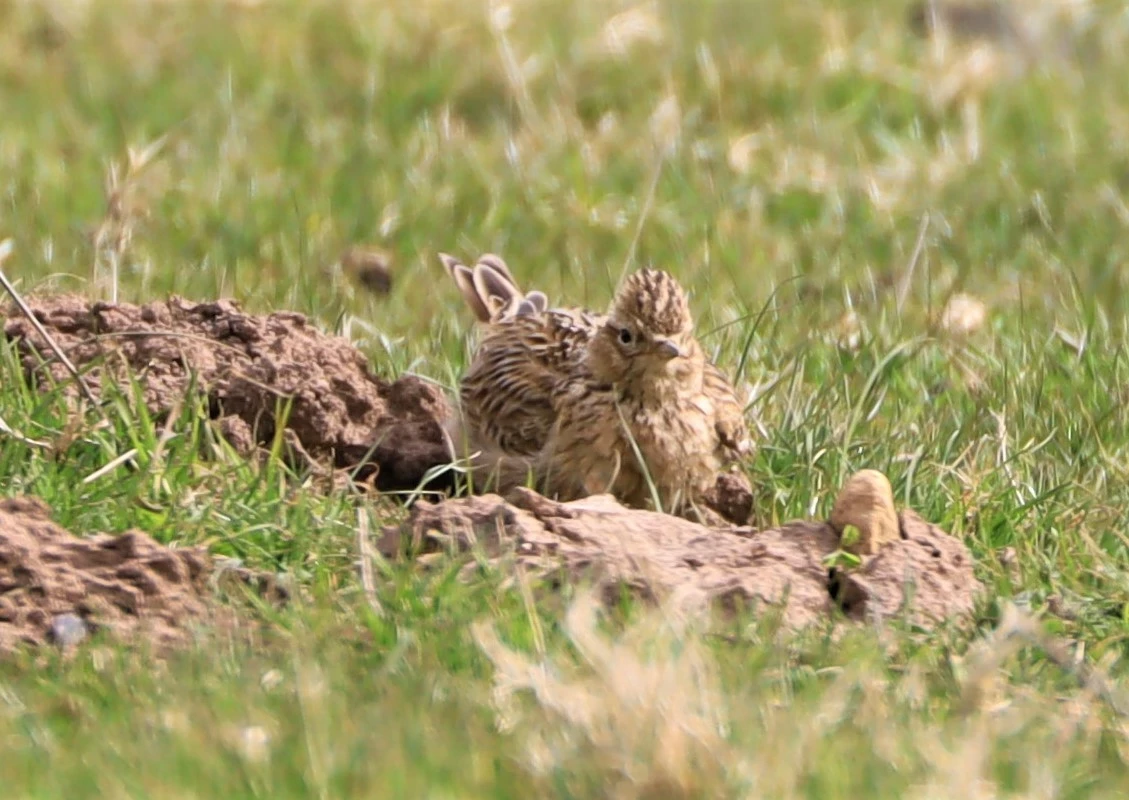
Problems facing skylarks
Due to pressure from increasing visitor numbers, the skylark population within Richmond Park and Bushy Park has declined rapidly.
It is predicted that without urgent action, this species may be lost from the parks. This would result in the loss of two of the closest populations of skylark to central London.
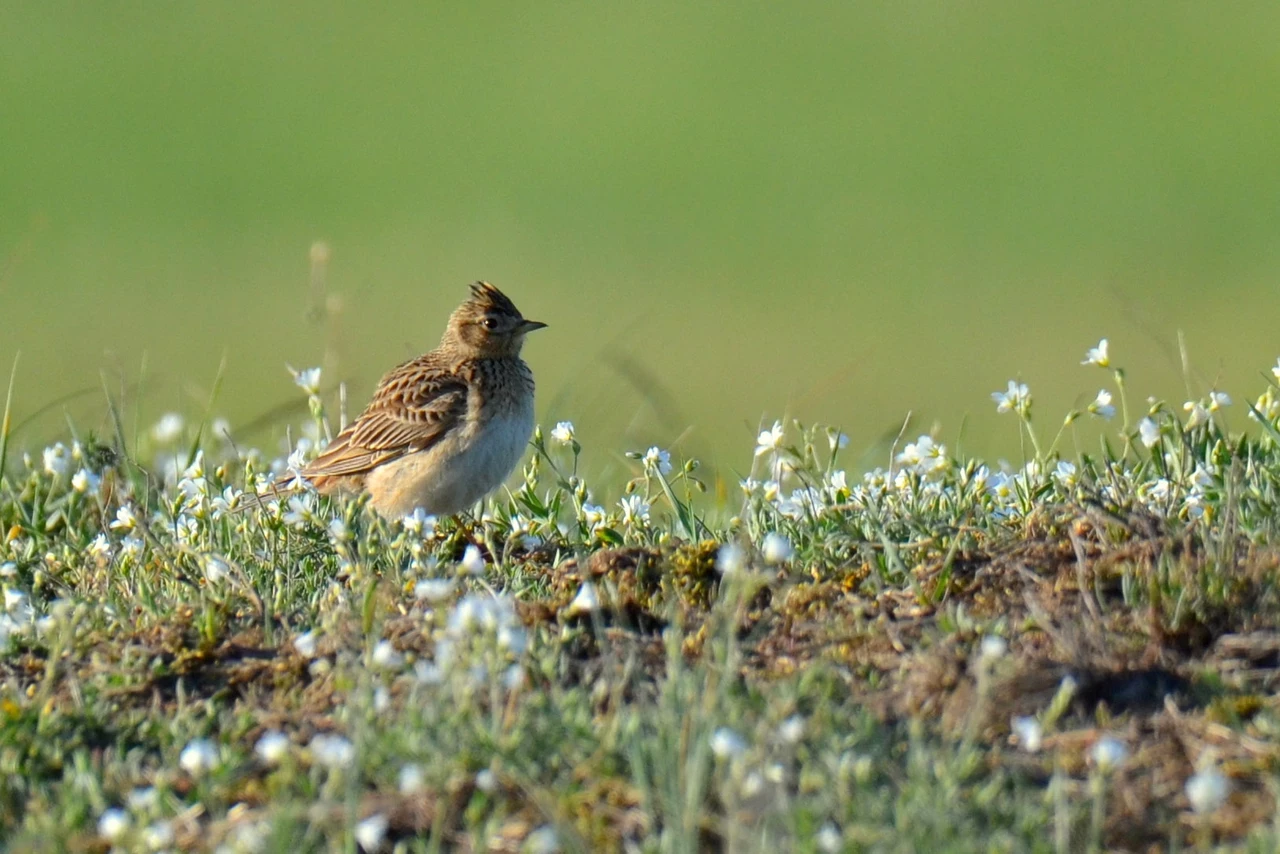
What you can do to help
Richmond and Bushy Parks have designated skylark protection zones (see highlighted zones on the downloadable maps, below) where dogs must be kept on leads and visitors are asked to keep to certain paths.
This is to prevent anything disturbing nesting skylarks and trampling their nests, to try and improve breeding success and help protect this ‘red-listed’ threatened species.
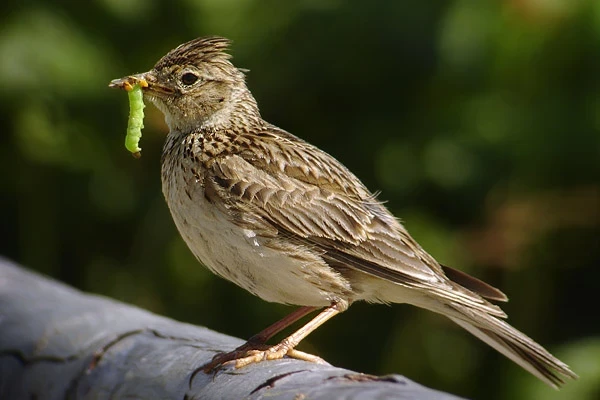
Skylark protection zones in Richmond Park:
• Lawn Field (by Pen Ponds)
• Crown Field (between the sports pitches and Bone Copse)
• The Bog (between Bog Gate and Sheen Gate)
Skylark protection zones in Bushy Park:
• Grassland to the south of Oval Plantation and west of Hampton Wick cricket ground
Further reading
-
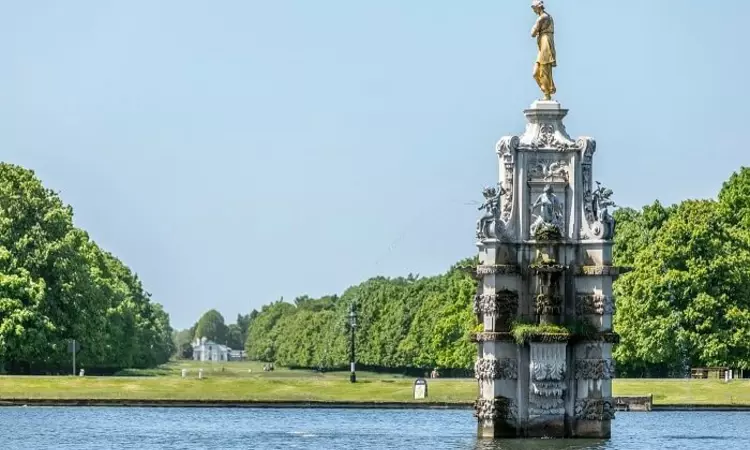
Bushy Park
Welcome to Bushy Park, the second largest of London’s eight Royal Parks at over 1000 acres, home to wild deer and located north of Hampton Court Palace.
-
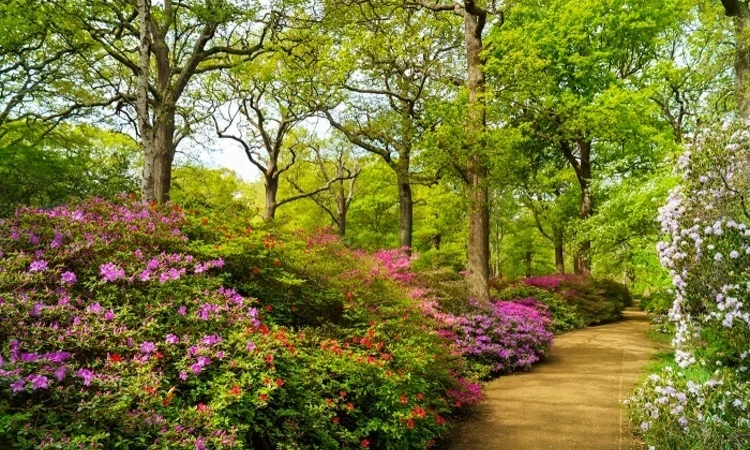
Richmond Park
Welcome to Richmond Park, one of London’s eight Royal Parks, covering 2,500 acres and home to ancient trees, herds of deer and the Isabella Plantation.
-
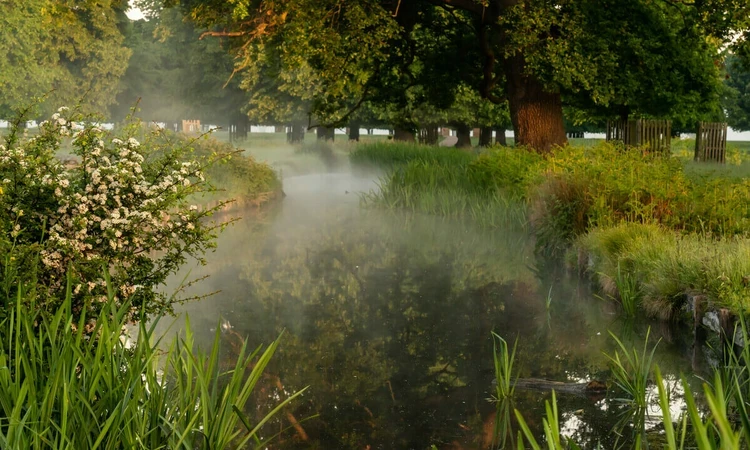
Nature & wildlife
Life flourishes in the Royal Parks, and we want to keep it thriving for decades to come.
Related Articles
-
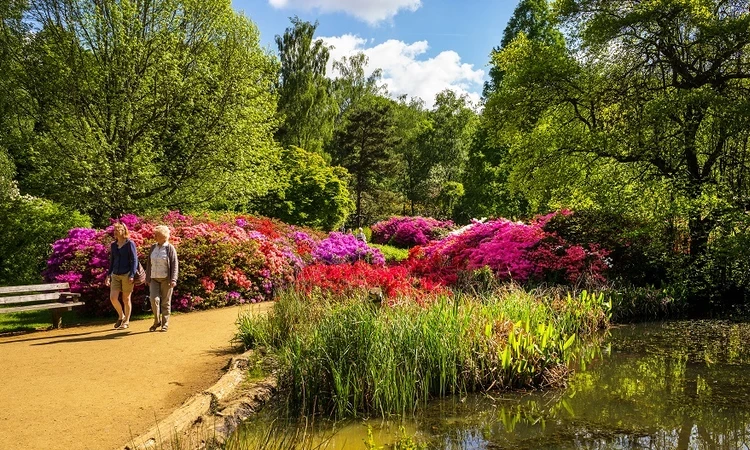 Read
ReadThe best nature walks in London
A selection of the best nature walks in London for you to enjoy
-
 Read
ReadPlants for a purpose
Every season, new planting at Victoria Gate, Hyde Park, will reveal a different purpose for plants - from food and fuel to medicine and materials.
-
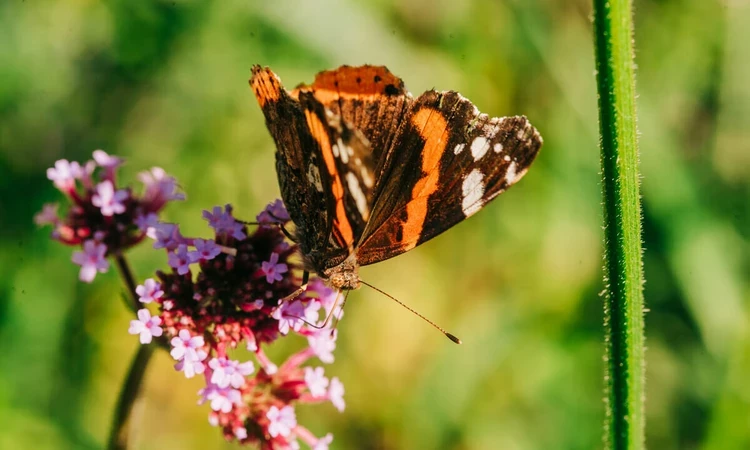 Listen
ListenBugs of the Royal Parks
Discover the wonderful world of the minibeasts we call invertebrates.